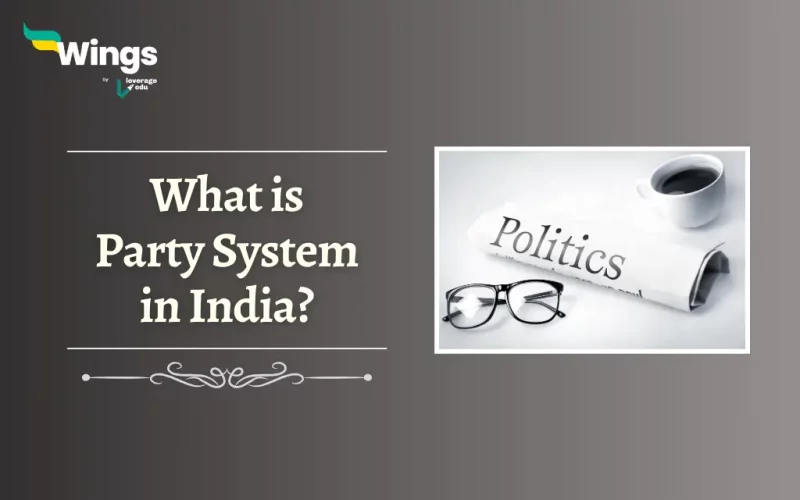The Party System in India is vibrant and diverse. These aspects have an important part in its democratic framework. Moreover, a Party System is the arrangement of political parties that work within a particular country or region. Since our independence in 1947, the Party System has evolved and transitioned tremendously. Furthermore, reflecting India’s socio-political diversity, historical context, and the complexities of its democratic structure. Read on to learn more about the Party System in India.
Table of Contents [show]
Origins and Evolution
The Indian National Congress(INC) has always reigned in India’s Party System since the pre-independence era and was a recognised force in our freedom struggle.
- After independence, the INC monopolised the political sphere in India for many decades.
- Thus making it a one-party dominant system.
- However, over the years, the Party System in India changed, giving rise to other political entities that have worked towards the betterment of the nation.
Also Read: How many Political Parties are in India?
Multiplicity of Parties
Furthermore, one of the most prominent characteristics of the Party System in India is its multiplicity.
- There are numerous National, Regional, and Local parties that coexist.
- Moreover, each Party represents different ideologies, regions, ethnicities, and interest groups.
- Hence, this multiplicity portrays India’s expansive cultural, linguistic, and socio-economic diversity with Parties usually aligning along State lines to address Regional problems.
Coalition Politics
In recent decades, Coalition Politics has taken the front seat to become a significant feature of the Party System in India.
- At times, no single party can secure an Absolute Majority in the Lok Sabha, so alliances and Coalitions have become important for governance.
- Additionally, this has led to the formation of both pre-election and post-election alliances.
- Thereby highlighting the need for consensus-building and cooperation among the diverse political parties that exist in India.
Also Read: Right Wing V/S Left Wing: Meaning, Differences, Similarities
Ideological Spectrum
The Party System in India has a wide ideological spectrum which ranges from left-wing socialist parties to right-wing nationalist and liberal parties. Moreover, this diversity allows for a range of voices and perspectives in the political sphere thus contributing to a vibrant democratic environment that listens to the opinions of all.
Challenges in the Party System in India
However, even though there is a variety in terms of perspectives and opinions, the Indian party system faces many challenges.
- Those challenges include issues of internal democracy, leadership struggles, and the influence of money and muscle power.
- Additionally, the rise of identity politics, caste-based parties, and regionalism adds complexity to the System, frequently affecting electoral outcomes.
Related Blogs
Lastly, we hope you liked our blog and gained an understanding of what is Party System in India. Moreover, you may even read more blogs and empower yourself with knowledge regarding Civics and Polity!
 One app for all your study abroad needs
One app for all your study abroad needs















 45,000+ students trusted us with their dreams. Take the first step today!
45,000+ students trusted us with their dreams. Take the first step today!
